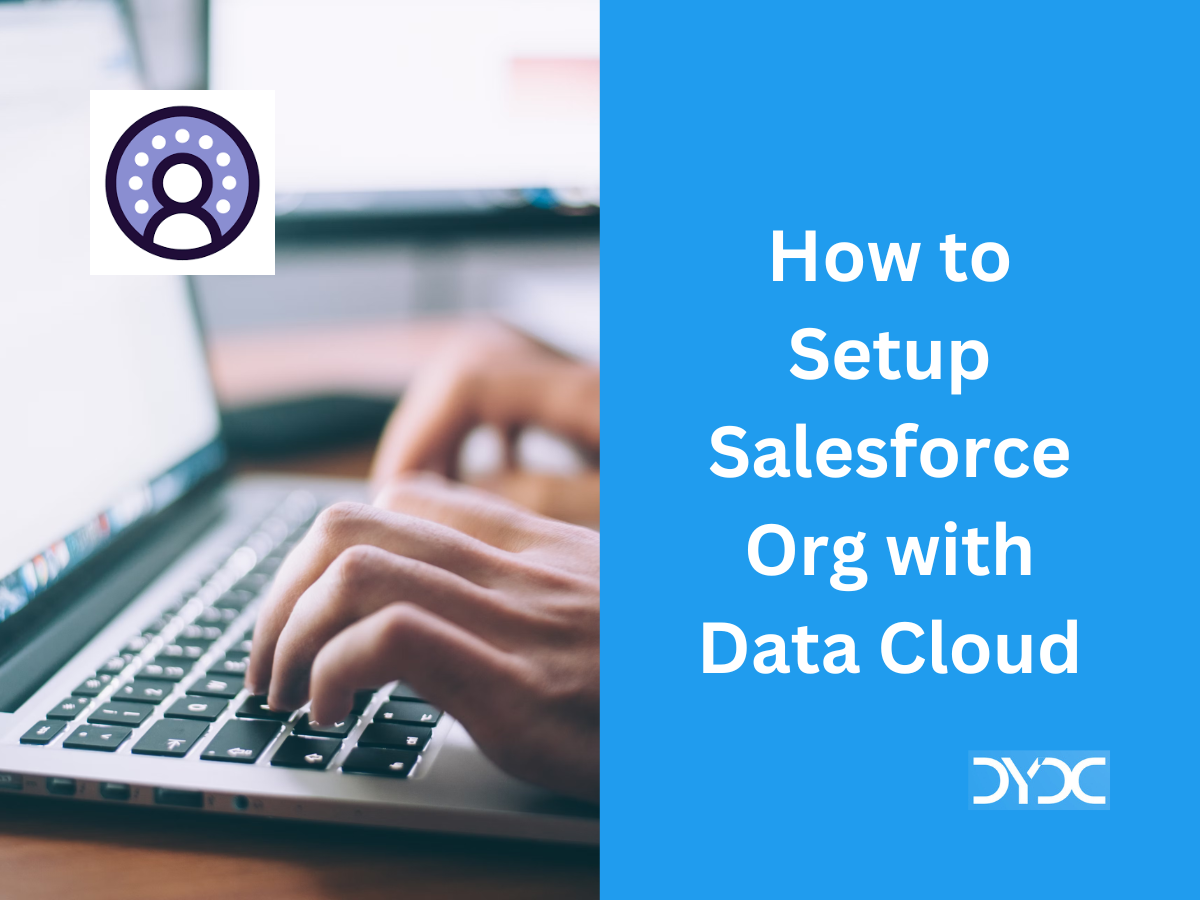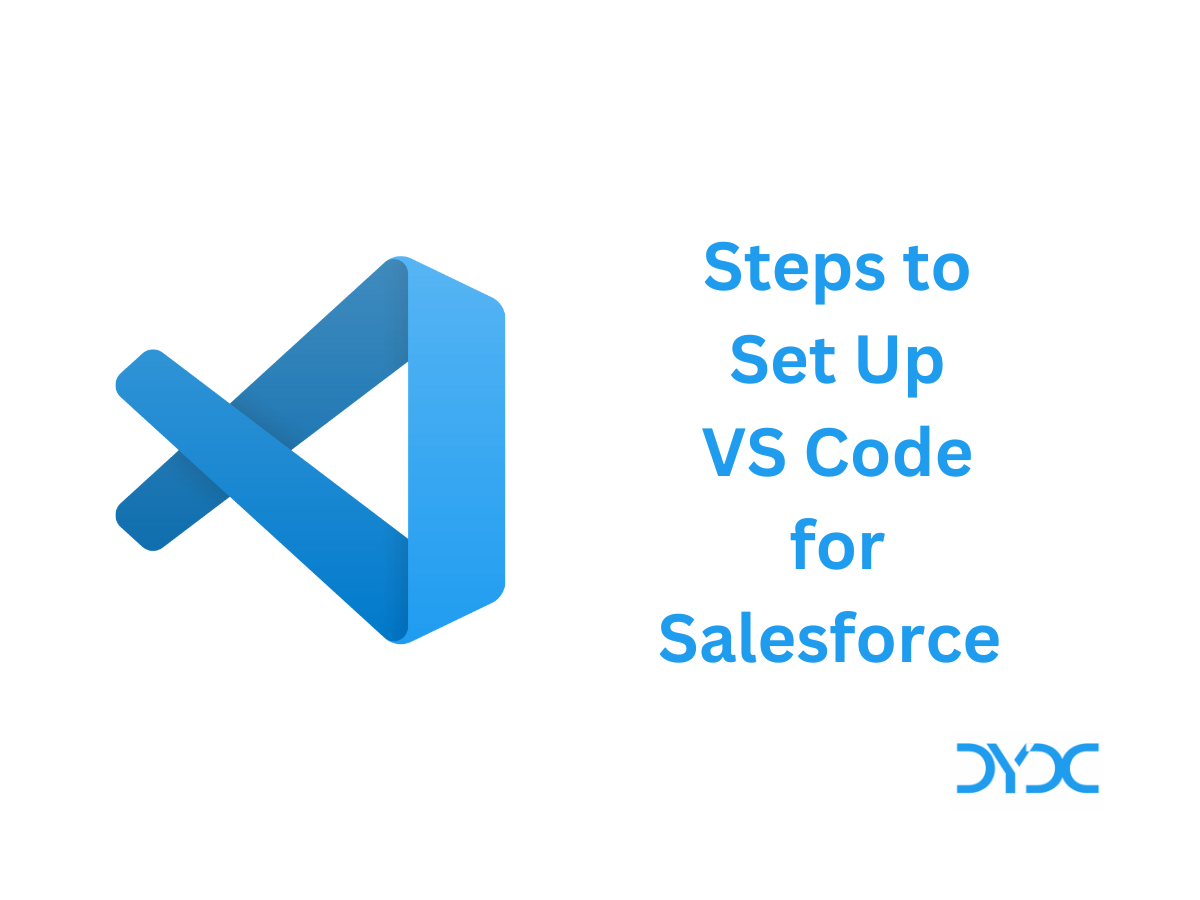Summary and recording for Session 7 of Salesforce Administrator Certification Training by Forcepective held on Feb 19, 2022.
1. Agenda
- Workflow / Process Automation: 16% (10 Questions)
- Workflow
- Process Builder
- Flow Builder
- Approval Process
2. Workflow
- A workflow rule is the main container for a set of workflow instructions. These instructions can always be summed up in an if/then statement.
- Tasks—Assign a new task to a user, role, or record owner.
- Email Alerts—Send an email to one or more recipients you specify.
- Field Updates—Update the value of a field on a record.
- Outbound Messages—Send a secure, configurable API message (in XML format) to a designated listener
- Workflow rules can be broken into two main components
- Criteria: the “if” part of the “if/then” statement. In other words, what must be true of the record for the workflow rule to execute the associated actions.
- Actions: the “then” part of the “if/then” statement. In other words, what to do when the record meets the criteria.
- Immediate
- Time-Dependent
3. Process Builder
- Process Builder is a workflow tool that helps automate business processes without writing a single line of code.
- Steps to create a Process Builder
- Select your object
- Define your criteria
- Choose what to automate
- Activate the process
4. Flow Builder
- Salesforce Flow provides declarative process automation. Flow Builder is the future of low-code automation. You can use it to create most of the automation found in workflow rules.
- There are two types of flows
- Screen Flows – guide users through a business process, capture users input
- Autolaunched Flows – launches when a record changes or user clicks a button
- Record-Triggered Flow – launches when a record is created, updated or deleted
- Schedule-Triggered Flow – launches at a specified time and frequency for each record in a batch
- Platform Event-Triggered Flow – launches when a platform message is received
- Autolaunched Flow (No Trigger) – launches when invoked by Apex, processes, REST API and more
- Flow can be used in:
- Flow actions
- Lightning pages
- Experience Builder pages
- Custom Aura components
- Custom Lightning web components
- Custom buttons or custom links
- Flow Orchestrator
- Web tabs
- Direct flow URLs
- Visualforce pages
5. Approval Process
- An approval process automates how records are approved in Salesforce
- Approval Process consists of
- Initial Submission Actions
- Approval Steps
- Final Approval Actions
- Final Rejection Actions
- Recall Actions
6. Activity List
6.1. Create a Workflow
- Setup -> Workflow Rules -> New Rule
- Object: Account
- Next
- Rule Name: Demo Rule
- Evaluation Criteria: created and every time it’s edited
- Rule Criteria: Account: Billing State/Province equals CA
- Save and Next
- Add Workflow Action: New Task
- Subject: Verify Account Details
- Unique Name: Demo Task
- Due Date: Account: Created Date plus 3 days
- Comments: Please verify Account Details
- Save
- Activate
6.2. Create a Flow
- Setup -> Flows -> New Flow
- Screen Flow
- Create
- Add Screen
- Label: Demo Create Lead Flow
- API Name: Demo_Create_Lead_Flow
- Drag Text Field:
- Label: Last Name
- Api Name: Last_Name
- Drag another Text Field
- Label: Company
- API Name: Company
- Done
- Add Create Record
- Label: Save Lead
- API Name: Save Lead
- How many records to create: One
- How to set records fields: Use Seperate resources and literal values
- Map Last Name and Company field with the screen elements created in previous step
- Done
- Save Flow
- Label: Demo Lead Creation Flow
- API Name: Demo_Lead_Creation_Flow
- Activate
- Run
- Enter Last Name and Company
- Verify that the record was created
6.3. Create an Approval Process
- Setup -> Approval Process
- Select Case Object
- Create New Approval Process -> Use Jump Start Wizard
- Name: Demo Case Approval Process
- Select Approver: Let the submitter choose approver manually
- Save
- View Approval Process Detail Page
- Add Final Approval Action
- Change Status to Closed
- Activate
- Create a New Case and Submit for Approval
- Approve the Request
7. Assignments
Workflow / Process Automation: 16% (10 Questions)
- Workflow
- Which Automation Tool Do I Use?
- Salesforce Flow
- Build a Discount Approval Process
- Quick Start: Process Builder
- Build a Battle Station App
- Business Administration Specialist
- Security Specialist
8. Session Recording
8.1. Salesforce Admin Certification Training Session 7
9. Salesforce Administrator Certification Training Blogs
- Session 1 – Salesforce Admin Certification Training
- Session 2 – Salesforce Admin Certification Training
- Session 3 – Salesforce Admin Certification Training
- Session 4 – Salesforce Admin Certification Training
- Session 5 – Salesforce Admin Certification Training
- Session 6 – Salesforce Admin Certification Training
Recommended Articles
- How to Pass Salesforce Certified Strategy Designer Exam?
- Salesforce Certified Marketing Cloud Consultant Exam Guide
- Process Automation Accredited Professional Exam Guide
- Salesforce Financial Services Cloud Accredited Professional Exam Guide
- Vlocity Interview Questions
- Salesforce Field Service Consultant Certification Exam Guide


